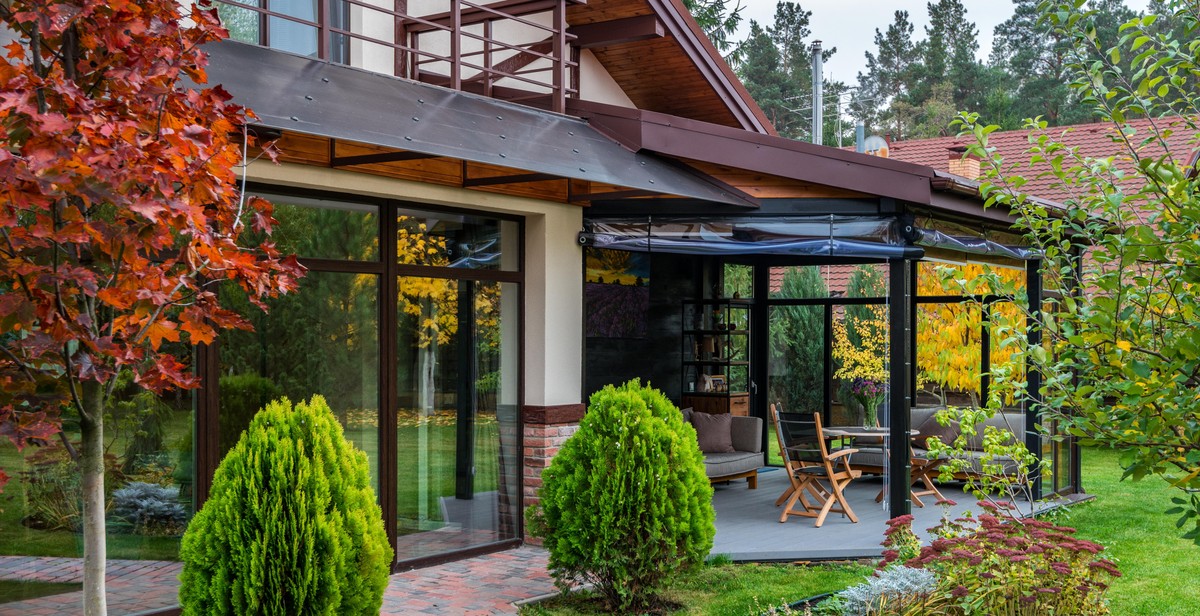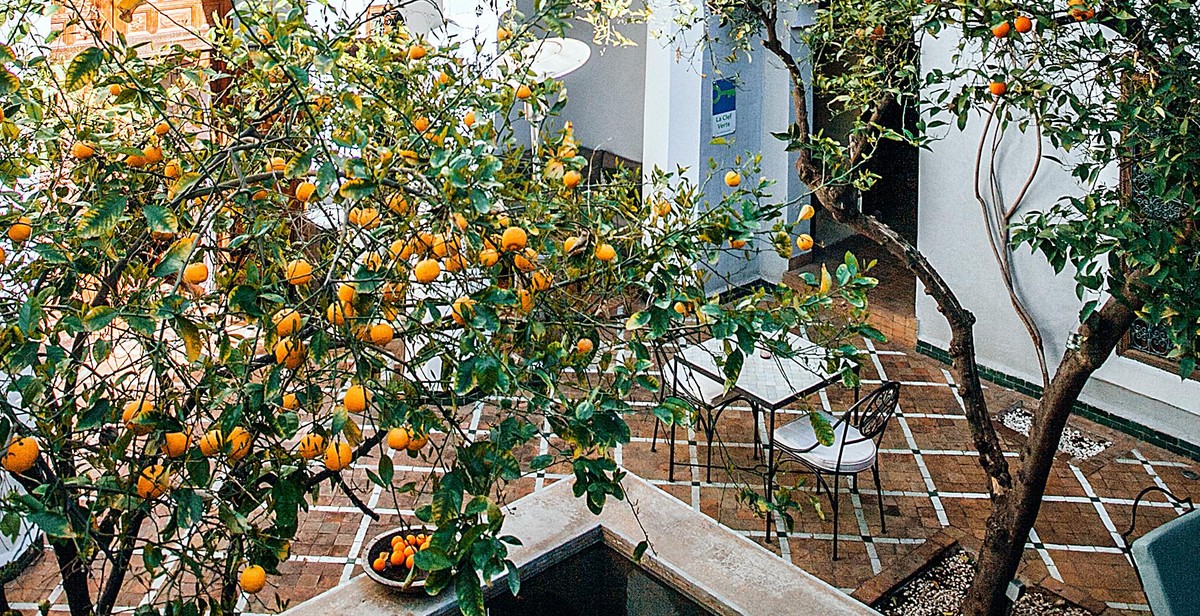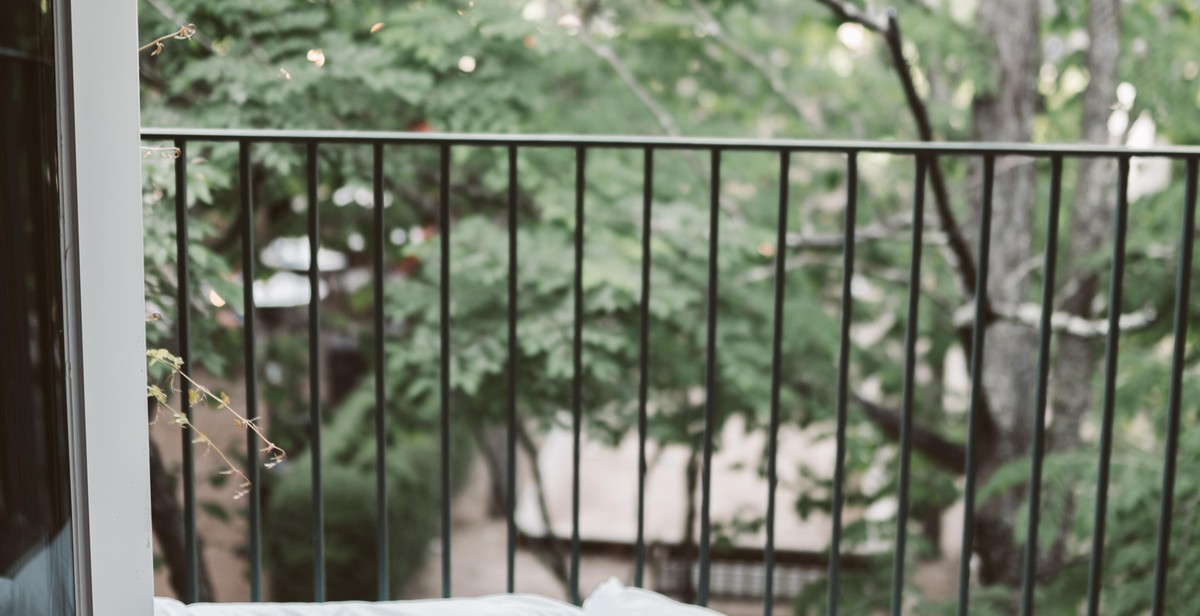How to Design an Apartment Balcony Garden: Maximizing Green Space in a Limited Area
Living in an apartment doesn’t mean you can’t enjoy the beauty of nature. With a little creativity and planning, you can turn your balcony into a lush green oasis. A balcony garden not only adds visual appeal to your home but also provides a peaceful retreat where you can relax and rejuvenate. In this article, we will guide you through the process of designing a balcony garden that maximizes green space in a limited area.
Benefits of Balcony Gardening
There are several benefits to having a balcony garden. Firstly, it’s an excellent way to connect with nature and enjoy the outdoors, even if you live in the heart of the city. Secondly, plants help purify the air and create a healthier living environment. Thirdly, a balcony garden can be a source of fresh herbs and vegetables, which is a great way to save money on groceries.
Factors to Consider
Before you start designing your balcony garden, consider the following factors:
- Size and shape of your balcony
- Amount of sunlight your balcony receives
- Climate and weather conditions in your area
- Your personal style and preferences
Designing Your Balcony Garden
Once you have considered the factors above, it’s time to start designing your balcony garden. Here are some tips to get you started:
- Choose the right plants for your space and climate
- Consider vertical gardening to maximize space
- Add seating and lighting to create a cozy atmosphere
- Use containers and planters of different sizes and heights to create visual interest
By following these tips, you can create a beautiful and functional balcony garden that will bring joy and relaxation to your daily life.

Assessing Your Balcony Space
Before designing your apartment balcony garden, it is essential to assess the available space. Here are the two crucial factors to consider:
Measure Your Balcony
The first step in maximizing your balcony space is to measure it. Measure the length, width, and height of your balcony to determine how much space you have to work with. This information will help you choose the right plants, containers, and furniture to fit your balcony.
It is important to note that the measurements should also include any obstacles such as railings, air conditioning units, or pipes. Consider these obstacles when selecting plants and containers to ensure they fit comfortably on your balcony.
Determine Your Balcony’s Sunlight Exposure
The amount of sunlight your balcony receives is crucial in determining the types of plants that will thrive in your space. Observe your balcony throughout the day to determine how much sunlight it receives and at what times.
Most plants require at least six hours of sunlight per day, so if your balcony receives less sunlight, you may need to select plants that can tolerate shade or partial shade. On the other hand, if your balcony receives too much direct sunlight, you may need to choose plants that can tolerate hot and dry conditions.
| Light Exposure | Plants |
|---|---|
| Full Sun | Tomatoes, peppers, herbs, succulents |
| Partial Sun | Lettuce, spinach, kale, ferns |
| Shade | Begonias, impatiens, hostas, ferns |
By assessing your balcony space and determining its sunlight exposure, you can choose the right plants and containers to create a beautiful and thriving apartment balcony garden.

Choosing the Right Plants
Designing an apartment balcony garden requires careful consideration of the plants you choose. Here are some tips to help you choose the right plants:
Consider Your Balcony’s Microclimate
The microclimate of your balcony refers to the unique environmental conditions that affect plant growth, such as sunlight, temperature, humidity, and wind. Before selecting plants, you need to understand the microclimate of your balcony. Some balconies may be sunny and hot, while others may be shady and cool. Determine how much sunlight your balcony receives and at what times of day. This will help you select plants that can thrive in your balcony’s microclimate.
Choose Plants That Thrive in Containers
Since you will be growing plants in containers, it’s important to choose plants that can thrive in this environment. Look for plants that have shallow root systems and do not require a lot of space to grow. Some great options for container gardening include herbs, salad greens, succulents, and small flowering plants.
Select Plants That Complement Each Other
When selecting plants for your balcony garden, consider how they will look together. Choose plants that complement each other in terms of color, texture, and size. For example, you could pair tall, spiky plants with trailing plants to create a visually interesting display. You could also choose plants that bloom at different times of the year to ensure that your balcony garden is always in bloom.
| Plant | Light Requirements | Watering Needs | Notes |
|---|---|---|---|
| Herbs (basil, parsley, thyme, etc.) | Full sun to partial shade | Regular watering | Great for culinary use |
| Succulents (jade, aloe, etc.) | Full sun to partial shade | Infrequent watering | Drought-tolerant |
| Salad greens (lettuce, spinach, etc.) | Partial shade to full sun | Regular watering | Harvest frequently for best results |
| Small flowering plants (petunias, impatiens, etc.) | Partial shade to full sun | Regular watering | Attract pollinators and add color to your balcony |

Designing Your Balcony Garden
Designing your balcony garden is an exciting task that requires careful planning and execution. With limited space, it’s important to decide on a garden style, plan your garden layout, add vertical interest, and incorporate balcony furniture to create a beautiful and functional space.
Decide on a Garden Style
Before you start designing your balcony garden, you need to decide on a garden style that suits your taste and complements your home’s architecture. Whether you prefer a modern or traditional style, there are endless options to choose from. Some popular garden styles for balconies include:
- Herb garden
- Vegetable garden
- Succulent garden
- Tropical garden
- Flower garden
Plan Your Garden Layout
Once you have decided on a garden style, the next step is to plan your garden layout. Consider the size and shape of your balcony and the amount of sunlight it receives. Determine the best location for your plants and create a layout that maximizes space while allowing for easy access and maintenance.
Add Vertical Interest
Vertical interest is key to creating a beautiful and functional balcony garden. Consider adding trellises, hanging baskets, or wall planters to maximize your space and add visual interest. You can also use vertical elements to create privacy and shade.
Incorporate Balcony Furniture
No balcony garden is complete without comfortable and functional furniture. Choose furniture that fits your style and complements your plants. Consider adding a small table and chairs for outdoor dining or a cozy seating area for relaxation.
Incorporating these design elements into your balcony garden will help you create a beautiful and functional space that maximizes green space in a limited area.

Maintaining Your Balcony Garden
Maintaining your balcony garden is crucial to ensure that your plants thrive and look their best. Here are some tips to help you keep your balcony garden healthy and beautiful:
Water Your Plants Regularly
One of the most important things you can do for your balcony garden is to water your plants regularly. The amount of water your plants need will depend on the type of plant, the size of the pot, and the climate in your area. As a general rule, most plants need to be watered once a week, but you should check the soil regularly to make sure it is not too dry or too wet.
Fertilize Your Plants
To help your plants grow strong and healthy, you should fertilize them regularly. There are many different types of fertilizers available, so choose one that is appropriate for the type of plants you are growing. Follow the instructions on the package carefully, and be careful not to over-fertilize, as this can harm your plants.
Prune and Deadhead Your Plants
To keep your balcony garden looking neat and tidy, you should prune and deadhead your plants regularly. Pruning involves cutting back overgrown or dead branches, while deadheading involves removing spent flowers. This will encourage your plants to produce new growth and bloom again.
Monitor for Pests and Diseases
Pests and diseases can quickly spread in a balcony garden, so it is important to monitor your plants regularly for signs of problems. Look for yellowing leaves, brown spots, or holes in the leaves, as these can be signs of pests or diseases. If you notice any problems, take action immediately to prevent them from spreading.
| Water your plants regularly | Fertilize your plants |
| Prune and deadhead your plants | Monitor for pests and diseases |

Conclusion
Creating an apartment balcony garden is a great way to maximize green space in a limited area and bring nature into your home. By following these tips and tricks, you can design a beautiful and functional balcony garden that suits your style and meets your needs.
Key takeaways
- Choose plants that thrive in your climate and can tolerate the conditions on your balcony.
- Consider the amount of sunlight your balcony receives and choose plants accordingly.
- Use vertical space to maximize the area available for planting.
- Think about the style and theme you want to achieve and choose plants and decor that match.
- Don’t forget to consider the practical aspects of balcony gardening, such as watering and drainage.
Benefits of apartment balcony gardening
There are many benefits to creating an apartment balcony garden. Not only does it add beauty and charm to your living space, but it also provides a connection to nature and can have a positive impact on your mental health and well-being. Additionally, balcony gardening can help to purify the air, reduce noise pollution, and even provide fresh herbs and vegetables for cooking.
Get started on your balcony garden today
With the right planning and preparation, anyone can create a stunning and functional balcony garden. Whether you have a small balcony or a large one, there are plenty of ways to maximize the space and create a beautiful outdoor oasis. So why not get started today and see what you can achieve?
